In this anniversary year of the United States’ entry into the conflict that came to be called World War I it is appropriate that we recall the lives of those who served. There are many projects of commemoration underway, and the biographies on this web site constitute one of them. The site is currently far from complete; it will be added to as research progresses.
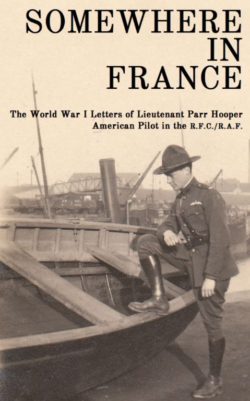
My great uncle, Parr Hooper, was one of the men who served, and I have had the great pleasure over the past few years of editing and publishing the letters he wrote home during 1917-1918 while he trained to be a pilot and served on the Western Front. Hooper encountered a cross-section of those involved in the effort to defeat Germany: New Zealanders, men of German parentage, men who flew huge bombers in northern Italy, men who died horribly in flying accidents during training, women who cared for the wounded, and men who returned from the war to become major political figures: all worthy of study and commemoration. I have tried to provide basic, reliable biographical information about all these people mentioned in his letters.
For the current project I have selected one group of men for more in depth study: the men of the so-called “second Oxford detachment,” a group of 150 men defined by chance and government fiat, who lived, studied, and trained together before being dispersed to a wide variety of posts, and who felt themselves to be very much a unit with shared experience and aspirations.
 All of these men decided over the course of the spring and early summer of 1917 to enlist (literally) in the fight against Germany, and they all were enthralled by the relatively new notion of flight. They felt themselves fortunate to be selected to study at the Schools of Military Aeronautics recently established at various U.S. universities; they graduated from these “ground schools” in late August or early September 1917.
All of these men decided over the course of the spring and early summer of 1917 to enlist (literally) in the fight against Germany, and they all were enthralled by the relatively new notion of flight. They felt themselves fortunate to be selected to study at the Schools of Military Aeronautics recently established at various U.S. universities; they graduated from these “ground schools” in late August or early September 1917.
During their time at ground school speculation was rife as to where they would go for actual flight training, with most of them hoping they would be sent to France. Then, as final exams approached, word came down that the top men from each class would be chosen or could choose to go to Italy. As Hooper wrote: “I and many others put our names down for the Italian Front. . . . Everybody is getting very enthusiastic for Italy. All the jokes, remarks, & songs have shifted from French girls to Italian girls.”
For some time after graduation from ground school, the men were at loose ends. Then they were ordered to an aviation field at Mineola, New York. Finally, on September 18, 1917, they boarded the Carmania and set out, as they thought, for Italy. They called themselves the “Italian detachment.” During their Atlantic crossing, they studied Italian with Fiorello La Guardia. Many of them had changed dollars for Italian money and had given their families an Italian address for mail and packages.
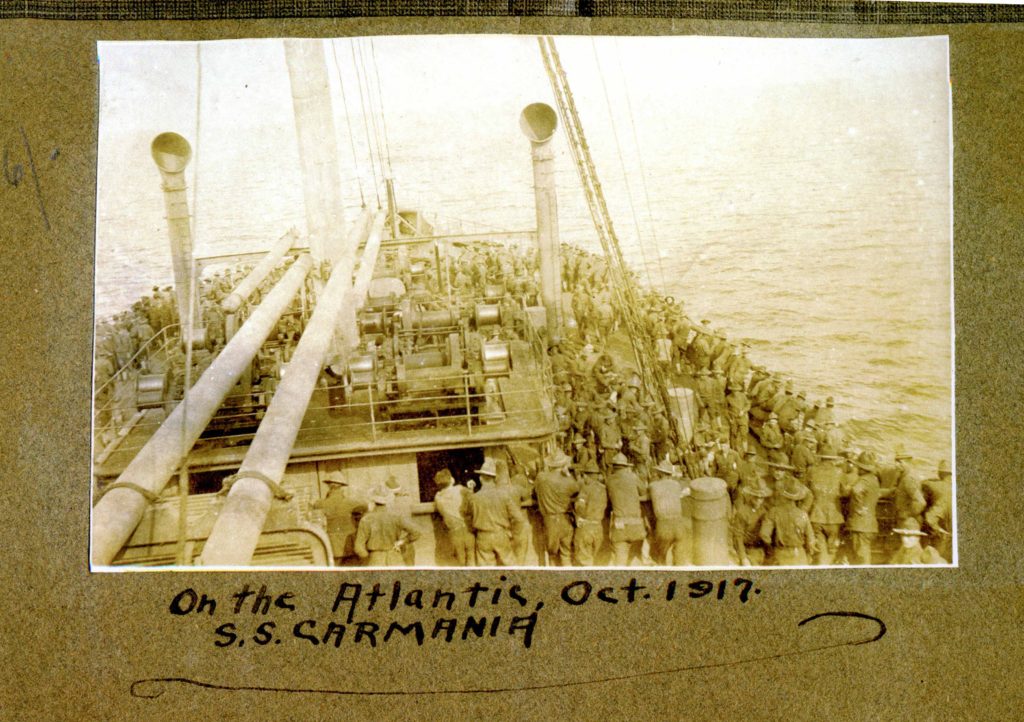
Shortly after the Carmania docked at Liverpool on October 2, 1917, the men learned that a mix up had occurred and they were not about to head south to Italy, but were to remain and train in England. What was worse, they were to repeat ground school at a School of Military Aeronautics, this time at Oxford. The initial consternation and anger evaporated fairly quickly. The English October landscape as viewed on the train ride from Liverpool down to Oxford was enchanting, and then Oxford was—Oxford. On arrival at the university they found another group of American cadets (as they were now called), a group of fifty-three U.S. ground school graduates who had arrived on the Aurania in August. Inevitably the group of fifty-three became the “first Oxford detachment,” and Hooper’s detachment—though they clung for a time to the Italian label—came to be called the “second Oxford detachment.”
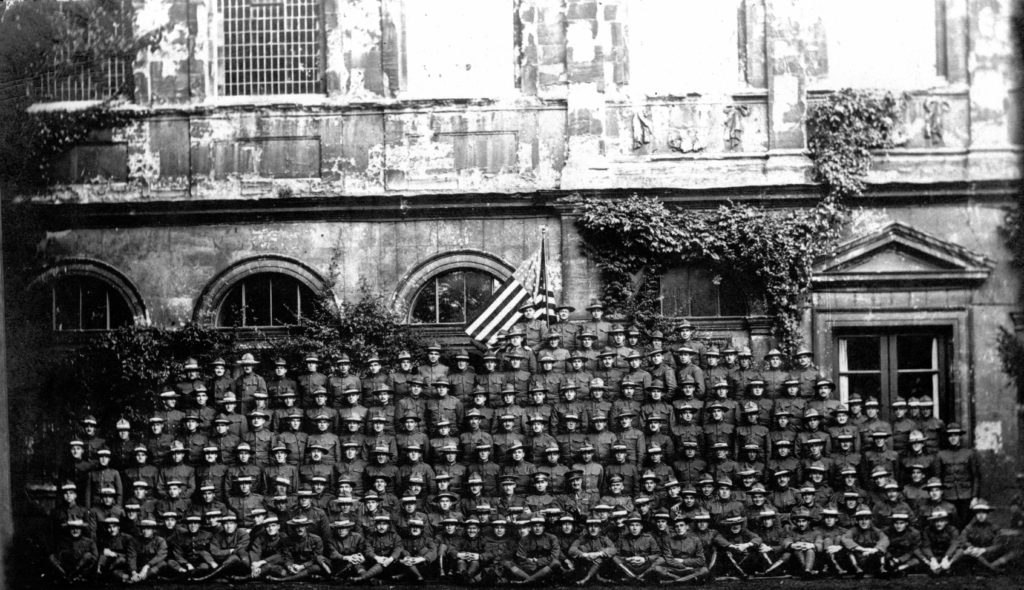
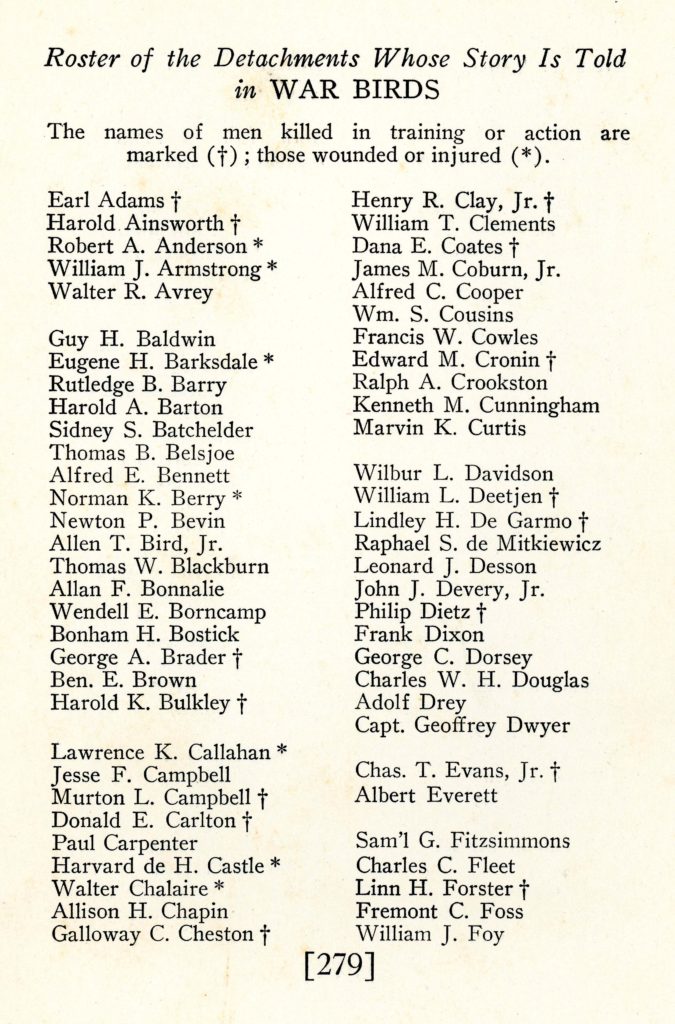
There is some confusion about the exact membership of the second Oxford detachment. The membership of the first Oxford detachment has been easy to establish because the manifest for the relevant voyage of the Aurania has long been available. This was, until very recently, not the case for the Carmania. However, there are rosters of the two detachments available in the Penttinen Collections in the library of the University of Texas at Dallas; these were apparently compiled retrospectively based on memory and, I assume, on a list that Elliott White Springs appended to the 1926 edition of War Birds. War Birds commemorates, brilliantly, the members of the two Oxford detachments and, although exhibiting some poetic license, is largely accurate and reliable. It is thus puzzling that Springs’s appended list—and thus the subsequent rosters—overlooks two men (Charles Edward Brown and Leslie A. A. Benson) who, on the evidence of various other documents, “belonged” to the second Oxford detachment, and includes three men (Glenn M. Pike, George Huntington Hull, Jr., and Leslie B. McMurtry, Jr.) who, again, on the basis of other documents, “did not.” I write “belonged to” and “did not” advisedly because, if anyone had a right to define the group, it surely was Springs. However, my guess is that these omissions and additions were inadvertent. In fact, Springs mentions Brown in War Birds, even though he does not include him in the roster—he may have conflated Ted Brown with Ben E. Brown of the first Oxford detachment. Possibly—although I have not yet found them—there are similar explanations for the exclusion of Benson and the inclusion of Pike, Hull, and McMurtry.
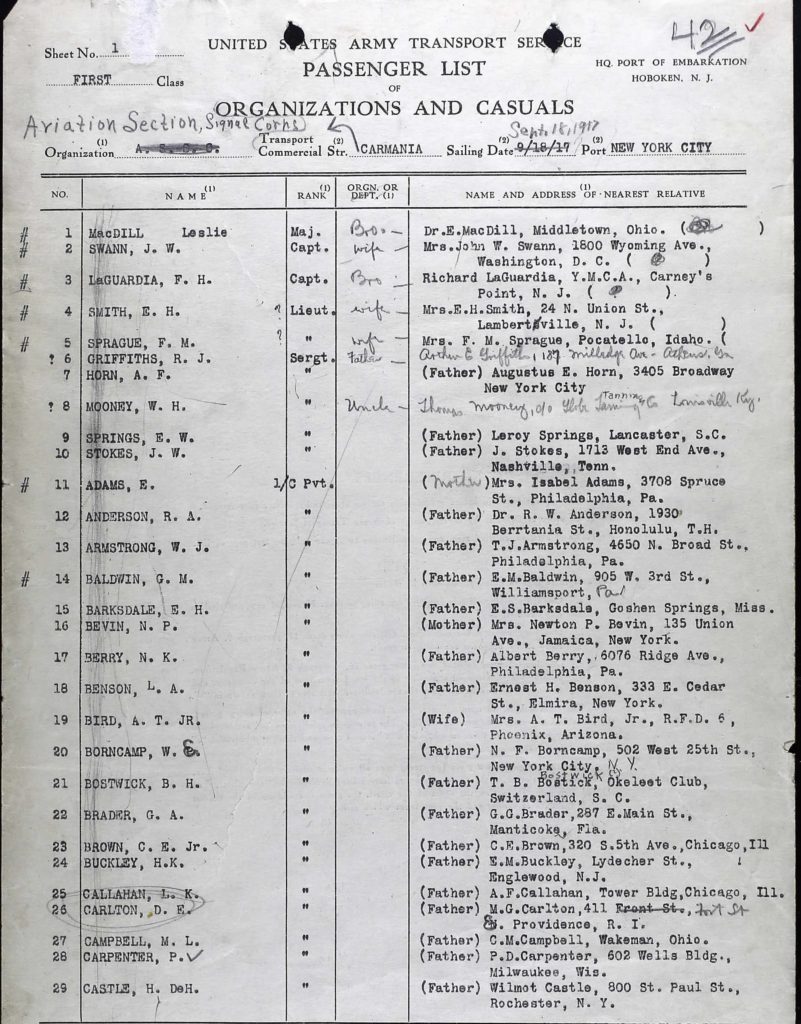
Recently (March 2017) the cache of US Army WWI Transport Service Passenger Lists from the National Archives and Records Administration was made available digitally at Fold3.com; included are several listings of the men in the aviation detachment that sailed from New York on the Carmania on September 18, 1917, under the command of Major Leslie MacDill. The listings confirm that there were exactly 150 men in the detachment, and that it included Brown and Benson but not Pike, Hull, and McMurtry. These recently digitized passenger lists also include ones showing that Pike and McMurtry sailed on the Baltic in late August and that Hull crossed the Atlantic on the Mongolia.
I have tried to make each of these biographies of the men of the second Oxford detachment relatively independent, as there may be people—descendants, for example—interested only in one particular man. There is thus inevitably repetition across the biographies, particularly when it comes to the period the men all shared crossing the Atlantic and at Oxford. I have used footnotes largely for documentation, so most readers will not miss anything by ignoring them. Those interested in sources can consult them, and will then need to get full documentation from the list of works and web pages cited.
Images and documents, such as the ground school graduation list and the page from the Carmania manifest above, have sometimes been reduced in size to fit on their pages. In most web browsers, right-clicking on the image will allow you to open it in a separate tab or window where it may display at a larger size and where you may be able to zoom in on details.
Many people have helped me by sharing knowledge and resources, and these biographies have been made possible and much the richer by their generosity. I am especially grateful to the relatives of second Oxford detachment men who have provided information, documents, and photos. If I were to attempt to enumerate here everyone to whom I owe a debt, the list would be very long and—the fear of every author writing their acknowledgments section—might inadvertently leave someone out. But I have made every effort to acknowledge particular contributions in the relevant places and will here simply write a heartfelt thank you to everyone who has contributed to this project.
mrsmcq June 2017, December 2017
